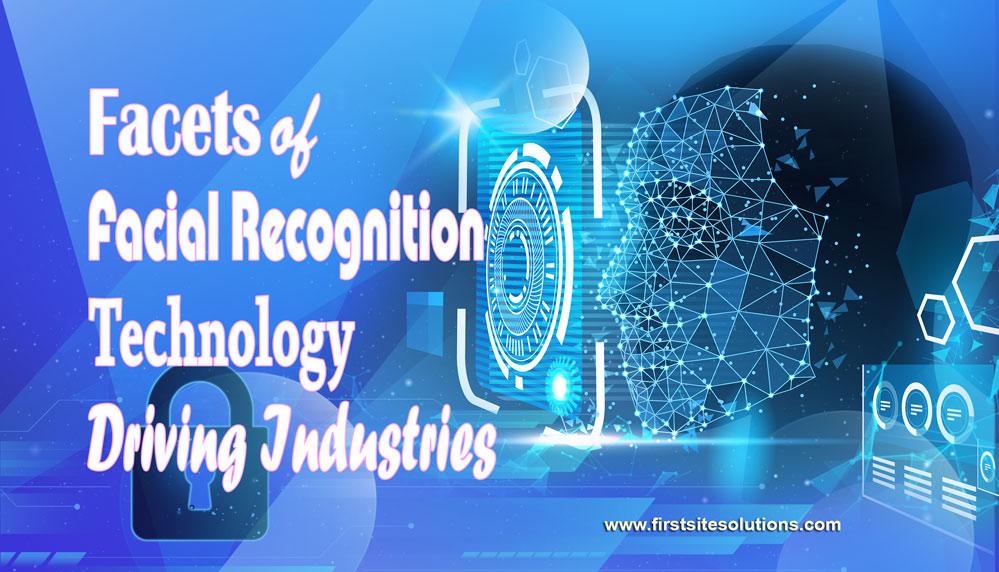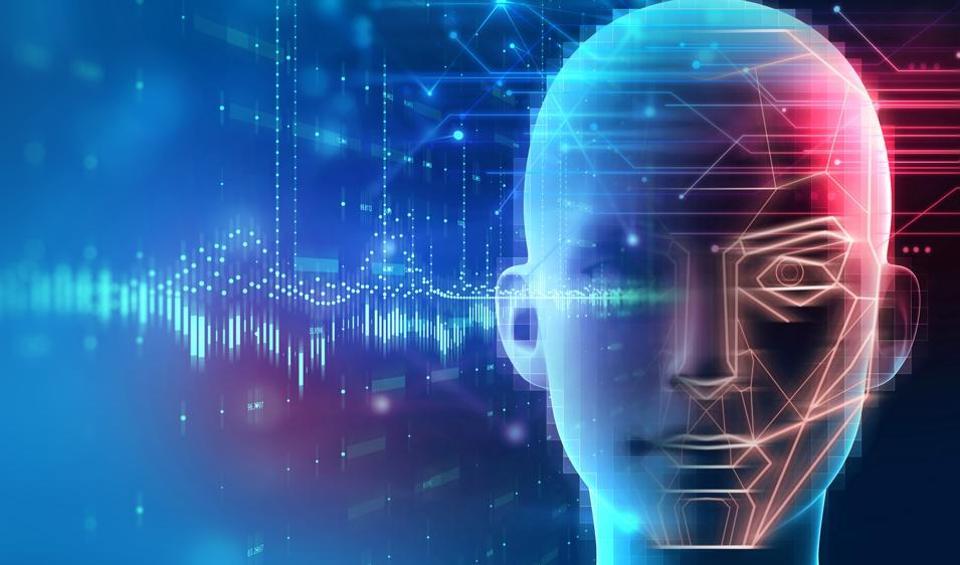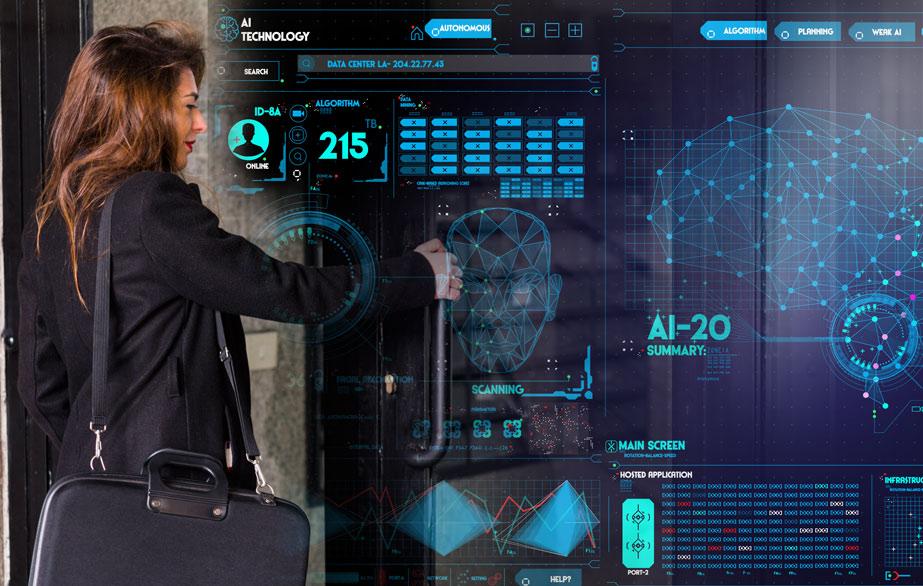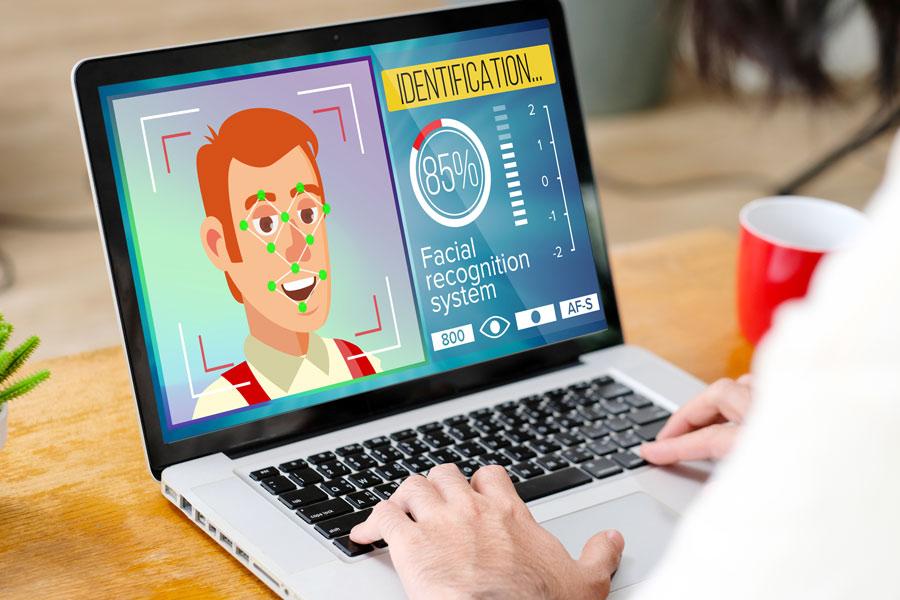
If you are reading this on a smartphone it is quite likely it is pre-configured with a biometrics recognition system – fingerprint or facial.
Technology has scraped the concept of facial recognition from spy movies, and brought it to the realms of reality. The tech is so engrossed today that we have no idea how integral it is to our lives.
Ever noticed how Facebook automatically tags the people in the image?
Facial recognition is more immersed than we think, and will only get more mainstream.

How it Started – The Birth
Though the concept of facial recognition was realized long ago, as a technology it did not meet its inception until late 1964.
The earliest known project in the field was named ‘man-machine’ and was not as robust as it is today. The operator had to manually extract the coordinates of the set of features from the image, which were then fed to the computer.
The pioneers of man-machine included Woodey Bledsoe, an American mathematician and one of the early founders of Artificial Intelligence.
Together with Helen Chan and Charles Bisson, Bledsoe metamorphosed a bunch of computer codes into state-of-the-art ‘man-machine’. The research, however, failed to garner limelight primarily because it was funded by an anonymous intelligence agency that did not allow much promotion.
Fast forwarded to the 21st century, in 2006, the performance of the then-modern facial recognition system was being evaluated. The assessment witnessed a major breakthrough with the algorithm not only running 100 faster than its predecessor, but also ten times more accurately. In human vs computer contest, the program outperformed humans and was able to differentiate between twins in cases where even humans failed.
Technology in Full Swing
Unlocking mobiles, tagging people is, to some extent, basic implementation of a rather bigger technology. As things gain momentum, we will see a more exhaustive and full-fledged application of facial recognition.
As with every other technology in the spectrum of Artificial Intelligence (AI), there are always some speculations whether it will lead to a revolution, or to a catastrophe. Some similar gossips surround facial recognition system too. But for now, the concept seems worth our while, and the efforts to exploit this tech is in full swing.
Façade Driving Industries
It is mesmerizing how extensively FR (facial recognition) is being used despite only being in its infancy. It is justified to imagine what lies underneath it that makes it so ubiquitous.
Below are the facets of facial recognition that is driving industries today.
Alleviated Security

Unlike email IDs and passwords, faces cannot be hacked or copied. Also, displaying 2-D photographs to a facial recognition system would not grant you access as the system is built to work on 3-D data points. This leaves little scope for people seeking unauthorized access unless, of course, you know how to duplicate faces on a dummy head.
When security is really a big concern, the premise can be monitored with cameras 24/7. The surveillance can flag visitors who aren’t welcome, and the users that have punched in and out of the perimeter will be brought to notice better than the current system.
However, tech-gurus do not completely rule out the possibility of facial recognition systems being hacked.
“It is possible to break into the API and manually feed the coordinates of the face you intend to access. However, it is quite unlikely that the data points you fed are in line with what systems work upon.”
Each FR will also have its own modus operandi for identifying faces, so the same data might not work for all systems.
Rapidity & Preciseness
It takes time to enter passwords, given that they are generally a combination of a disparate character set. Also, it is improbable that you always type correct in one go.
My point is – the system we have built for logging in is not precise, and also not rapid, to meet industry demands in the future.
Facial verification, on the other hand, is both prompt as well as accurate. It can unlock phones in a blink, and is almost impossible to deceive.
If facial recognition system can save well as much as a minute in every login, and considering an average-sized organization has around 1000 employees, 1000 man-minutes can be saved each day. Over a year (300 working days), this figure will bundle up to 300000 man-minutes or 5000 man-hours. In a typical 8 hour per-day-shift, this translates to 625 wage days.

Therefore, only by adopting this new technology, you could save payment against 625 days of wage (for one employee) for your company.
Seamless Incorporation
Facial recognition comes as a stand-alone system that easily integrates with the existing infrastructure. So, you would only spend in acquiring some new hardware, and not in setting up an entirely new environment.
Most recent releases of enterprise-level security solutions come integrated with face-id tools that you can setup to safeguard your perimeter against intruders. Alternatively, you can move your IT to cloud server hosting and have a centralized computing and monitoring structure. Or, if you are developing an application for smartphones, you can utilize the native face-unlock with just as much as a few extra lines of codes.
Round-the-clock Monitoring
Our current security systems lay too much reliance on humans who are not only prone to errors, but also aren’t as impulsive as computers.
When an intrusion is detected, the entire perimeter is thoroughly searched, and footage from all security cameras is monitored meticulously. This methodology for intrusion detection is slow and ineffective. And by the time the interloper is identified, often the damage has been done.
Because computers have a better retention and processing ability than humans, facial recognition is immediate, and the invader is likely to be denied entry at the very first checkpoint. However, if the breach gets as far as some inner layers of security, facial recognition technology (FRT) can easily identify the crasher even from a bunch of people.
Thus, with FRT, we can extirpate dependence on humans and ensure better enforcement of security even in a 24/7 environment.
Igniting & Steering Zeal
Of all the intelligent biometric systems, fingerprint sensors are more common and predominantly accepted because of its low cost. Notwithstanding that the sensor does not provide real-time monitoring and is only useful in recording attendance, organizations have continued to adhere to it. Facial recognition, as of now, is still a dream far from reaching.
FRT is common - no doubt - but despite the ease it brings to the lifestyle, it is still to make way into the lives of its market share that is somewhat an underachievement.
A magnified look at the market tells us that companies are run by a gang of sceptics – who wouldn’t invest a penny unless sure it will fetch a dollar back.
What lacks now is the zeal to pay for services that are already running smoothly.








